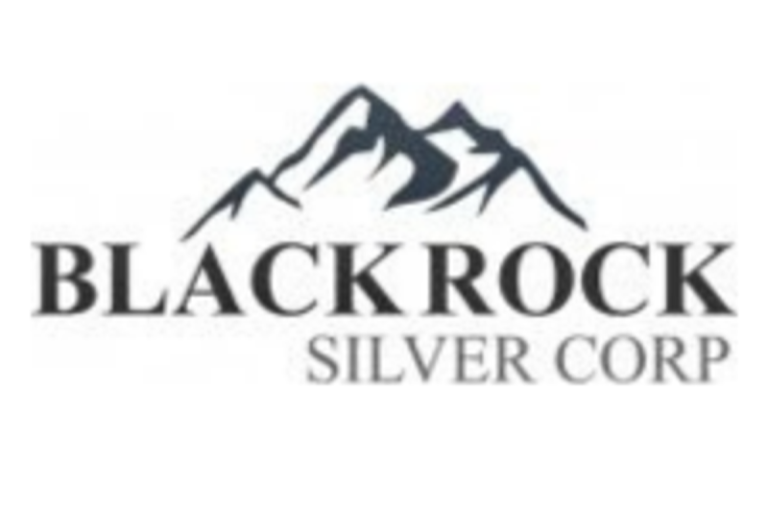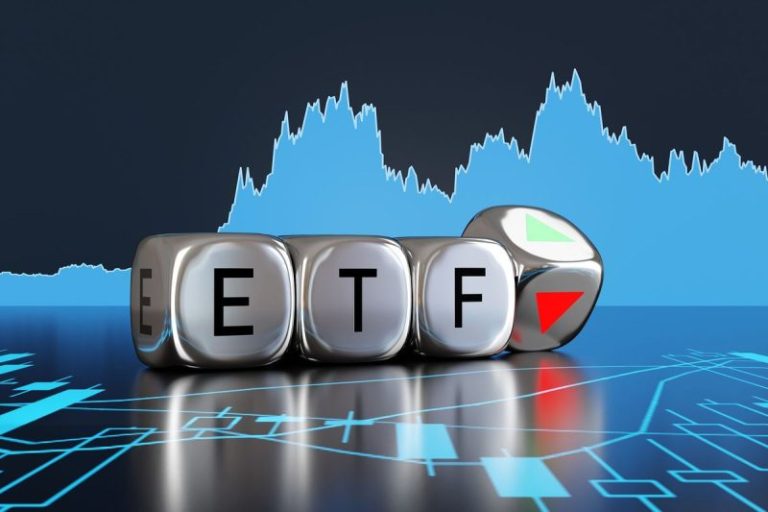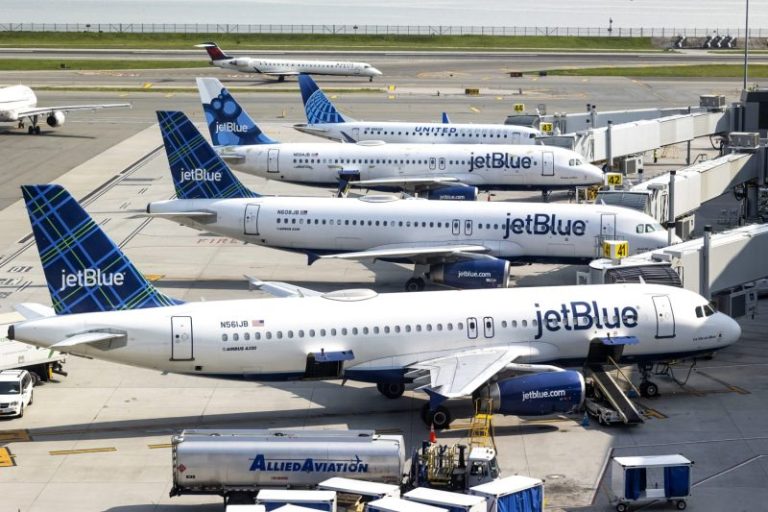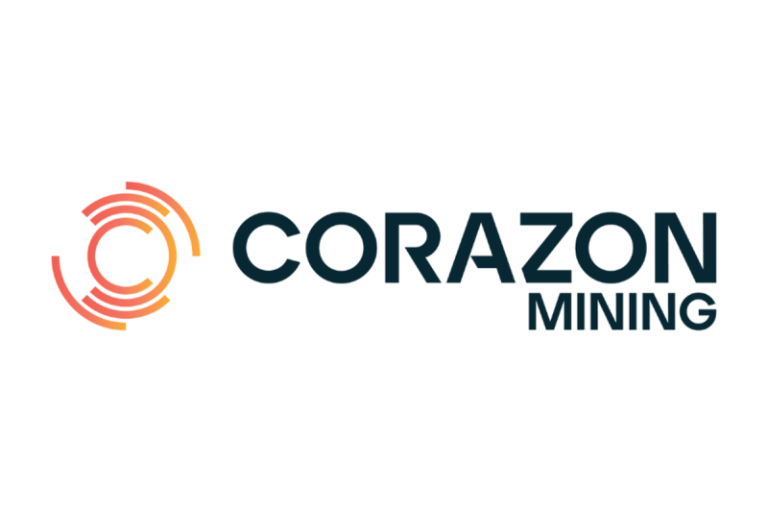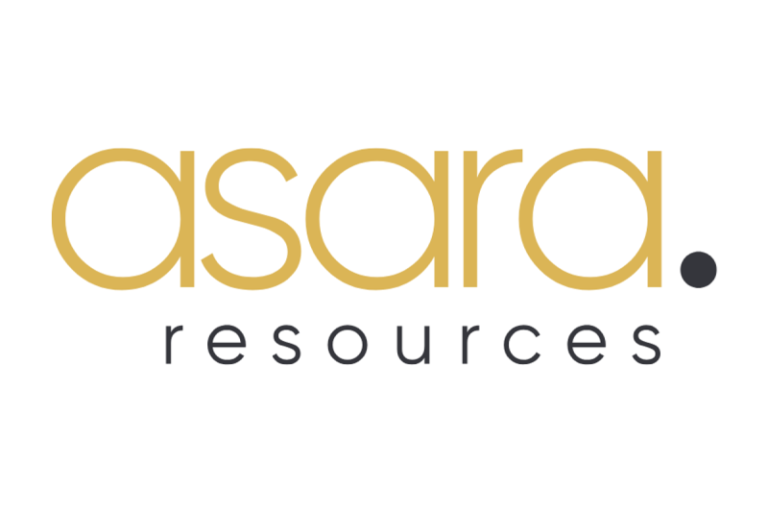NOT FOR DISTRIBUTION TO UNITED STATES NEWS WIRE SERVICES
OR FOR DISSEMINATION IN THE UNITED STATES
Osisko Metals Incorporated (the ‘ Company ‘ or ‘ Osisko Metals ‘) (TSX: OM,OTC:OMZNF; OTCQX: OMZNF; FRANKFURT: OB51) is pleased to announce that it expects to complete a non-brokered private placement with certain strategic investors for an aggregate of approximately 67,666,666 common shares of the Company (the ‘ Common Shares ‘) at an offering price of $0.48 per Common Share for aggregate gross proceeds to the Company of approximately $32,480,000 (the ‘ Private Placement ‘).
The Private Placement is expected to include subscriptions from certain strategic investors, including:
- Hudbay Minerals Inc. : 29,166,666 Common Shares for gross proceeds of $14,000,000;
- Agnico Eagle Mines Limited : has indicated that it intends to subscribe for 26,000,000 Common Shares for gross proceeds of $12,480,000 pursuant to an existing participation right;
- Franco-Nevada Corporation : 4,166,667 Common Shares for gross proceeds of $2,000,000; and
- A strategic institutional investor : 8,333,333 Common Shares for gross proceeds of $4,000,000.
The size of the Private Placement will depend on, among other things, certain contractual participation rights granted by the Company to Glencore Canada Corporation (the ‘ Glencore Participation Right ‘).
Osisko Metals CEO Robert Wares commented: ‘ We are pleased to welcome Hudbay Minerals as a new significant shareholder of Osisko Metals. We also appreciate the continued participation of Agnico Eagle and two of our existing principal and strategic shareholders. We view the participation in the private placement by these investors as support for the potential of the Gaspé Copper project and we look forward to continued support from these shareholders as we advance our project. ‘
After giving effect to the Private Placement, but before giving effect to any other issuance of Common Shares (including pursuant to the Glencore Participation Right): (i) Hudbay Minerals Inc. (‘ Hudbay ‘) is expected to beneficially own or control 29,166,666 Common Shares, representing approximately 4.3% of the issued and outstanding Common Shares, calculated on a non-diluted basis; and (ii) Agnico Eagle Mines Limited (‘ Agnico ‘) is expected to beneficially own or control 87,815,000 Common Shares, representing an ownership interest in the Company equal to approximately 12.5% (calculated on a partially-diluted basis). As part of the Private Placement, the Company and Hudbay have agreed to enter into an investor rights agreement, pursuant to which Hudbay will be granted certain rights, including top-up rights and the right to participate in future offerings of securities of the Company upon Hudbay’s ownership interest increasing to 9.9% and, subject to certain minimum ownership thresholds and other conditions, the right to board representation.
The net proceeds of the Private Placement are expected to be used to advance the Company’s Gaspé Copper project (including drilling, permitting and technical studies) and for general corporate purposes. The Private Placement is expected to close on or about December 16, 2025, subject to the negotiation and execution of definitive agreements and the satisfaction of certain customary closing conditions therein, including the conditional approval of the Toronto Stock Exchange (the ‘ TSX ‘).
This news release does not constitute an offer to sell or a solicitation of an offer to buy any of the securities in the United States. The securities have not been and will not be registered under the U.S. Securities Act, or any state securities laws and may not be offered or sold within the United States or to or for the account or benefit of a U.S. person (as defined in Regulation S under the U.S. Securities Act) unless registered under the U.S. Securities Act and applicable state securities laws or an exemption from such registration is available.
About Osisko Metals
Osisko Metals Incorporated is a Canadian exploration and development company creating value in the critical metals sector, with a focus on copper and zinc. The Company acquired a 100% interest in its flagship project, the past-producing Gaspé Copper mine, from Glencore Canada Corporation in July 2023. The Gaspé Copper project is located near Murdochville in Québec’s Gaspé Peninsula. The Company is currently focused on resource expansion of the Gaspé Copper system, with current Indicated Mineral Resources of 824 Mt grading 0.34% CuEq and Inferred Mineral Resources of 670 Mt grading 0.38% CuEq (in compliance with NI 43-101). For more information, see Osisko Metals’ November 14, 2024 news release entitled ‘ Osisko Metals Announces Significant Increase in Mineral Resource at Gaspé Copper ‘. Gaspé Copper hosts the largest undeveloped copper resource in eastern North America, strategically located near existing infrastructure in the mining-friendly province of Québec.
In addition to the Gaspé Copper project, the Company is working with Appian Capital Advisory LLP, through the Pine Point Mining Limited joint venture, to advance one of Canada’s largest past-producing zinc mining camps, the Pine Point project, located in the Northwest Territories. The current mineral resource estimate for the Pine Point project consists of Indicated Mineral Resources of 49.5 Mt at 5.52% ZnEq and Inferred Mineral Resources of 8.3 Mt at 5.64% ZnEq (in compliance with NI 43-101). For more information, see Osisko Metals’ June 25, 2024 news release entitled ‘Osisko Metals releases Pine Point mineral resource estimate: 49.5 million tonnes of indicated resources at 5.52% ZnEq’ . The Pine Point project is located on the south shore of Great Slave Lake, Northwest Territories, close to infrastructure, with paved road access, an electrical substation and 100 kilometers of viable haul roads.
For further information on this news release, visit www.osiskometals.com or contact:
Don Njegovan, President
Email: info@osiskometals.com
Phone: (416) 500-4129
Cautionary Statement on Forward-Looking Information
This news release contains ‘forward-looking information’ within the meaning of applicable Canadian securities legislation based on expectations, estimates and projections as at the date of this news release. Any statement that involves predictions, expectations, interpretations, beliefs, plans projections, objectives, assumptions, future events or performance (often, but not always, using phrases such as ‘expects’ or ‘does not expect’, ‘is expected’, ‘interpreted’, ‘management’s view’, ‘anticipates’ or ‘does not anticipate’, ‘plans’, ‘budget’, ‘scheduled’, ‘forecasts’, ‘estimates’, ‘potential’, ‘feasibility’, ‘believes’ or ‘intends’ or variations of such words and phrases or stating that certain actions, events or results ‘may’ or ‘could’, ‘would’, ‘might’ or ‘will’ be taken, occur or be achieved) are not statements of historical fact and may be forward-looking information and are intended to identify forward-looking information. This news release contains forward-looking information pertaining to, among other things: the ability for the Company to complete the Private Placement on the terms contemplated (if at all); the size of the Private Placement; the expected ownership interest of certain participants in the Private Placement; the negotiation and execution of definitive agreements in connection with the Private Placement; the exercise of the participation rights by Agnico and Glencore Canada Corporation; the closing date of the Private Placement; the ability for the Company to obtain the conditional and final approval of the TSX; the anticipated use of proceeds of the Private Placement; the ability for the Company to unlock the full potential of its assets and achieve success; the ability for the Company to create value for its shareholders; the advancement of the Pine Point project; the anticipated resource expansion of the Gaspé Copper system; and Gaspé Copper hosting the largest undeveloped copper resource in eastern North America.
Forward-looking information is not a guarantee of future performance and is based upon a number of estimates and assumptions of management, in light of management’s experience and perception of trends, current conditions and expected developments, as well as other factors that management believes to be relevant and reasonable in the circumstances, including, without limitation, assumptions about: the ability of exploration results, including drilling, to accurately predict mineralization; errors in geological modelling; insufficient data; equity and debt capital markets; future spot prices of copper and zinc; the timing and results of exploration and drilling programs; the accuracy of mineral resource estimates; production costs; political and regulatory stability; the receipt of governmental and third party approvals; licenses and permits being received on favourable terms; sustained labour stability; stability in financial and capital markets; and availability of mining equipment and positive relations with local communities and groups. Forward-looking information involves risks, uncertainties and other factors that could cause actual events, results, performance, prospects and opportunities to differ materially from those expressed or implied by such forward-looking information. Factors that could cause actual results to differ materially from such forward-looking information are set out in the Company’s public disclosure record on SEDAR+ ( www.sedarplus.ca ) under Osisko Metals’ issuer profile. Although the Company believes that the assumptions and factors used in preparing the forward-looking information in this news release are reasonable, undue reliance should not be placed on such information, which only applies as of the date of this news release, and no assurance can be given that such events will occur in the disclosed time frames or at all. The Company disclaims any intention or obligation to update or revise any forward-looking information, whether as a result of new information, future events or otherwise, other than as required by law.
News Provided by GlobeNewswire via QuoteMedia





